Which automaker is reportedly considering a pivot to cylindrical cells for future EVs?
Which EV maker is Uber partnering with for a vehicle specifically for ride-hailing?
This is our look back at the Week In Reverse—right here at Green Car Reports—for the week ending Friday, January 27, 2023.
Tesla announced a $3.6 billion expansion of its Nevada battery “Gigafactory” that it says will produce the Semi plus the company’s new-format 4680 battery cells at 100 gigawatt-hours annually—enough U.S.-made batteries for 1.5 million light-duty vehicles, Tesla says. The expansion points to some impressive manufacturing gains, with the scaled-up battery output to come from a smaller facility versus today’s 35+ gigawatt-hours. And, as we pointed out, that’s more output than Tesla needs for the Semi.
Artist’s impression of upgraded Tesla plant near Reno, Nevada
To that, Tesla teased that several future Tesla products under development might be revealed as part of an updated product plan presented March 1, with some to be powered by the 4680 cells, but CEO Musk emphasized that new products need to be made when and where cells are available.
The Aptera Launch Edition solar EV detailed just over a week ago will offer a range of 400 miles on battery power plus the potential for up to 40 miles of added range per day from the sun. The company also noted that in its first version it wouldn’t yet feature fast-charging—to use the Tesla NACS standard—but since then the company has done an about-face on that.
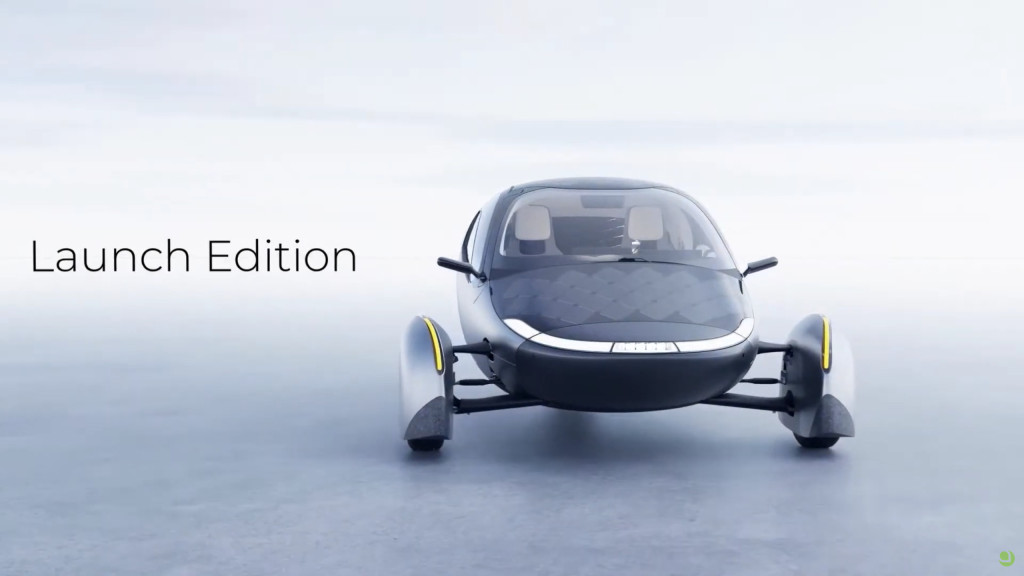
Aptera Launch Edition
Audi on Thursday revealed the last, and most American, of its four “sphere” concepts focused on automated driving: The Activesphere concept is an off-road-capable electric crossover that can transform to a small pickup as needed for gear. Although its Level 4 automated driving, suicide doors, and “mixed reality” interface might not make it to production soon, this “master of metamorphosis” may have a future in the lineup.
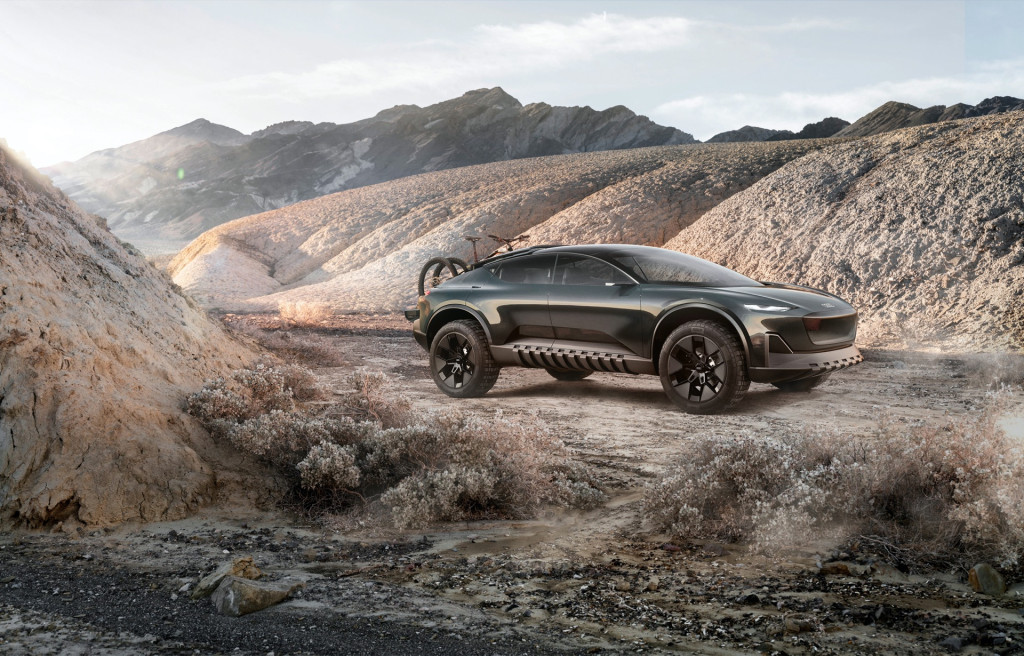
Audi Activesphere concept
Polestar is seeking a 300-mile range for the 2024 Polestar 2, as part of a switch of its single-motor model from front-wheel drive to rear-wheel drive. There are various other improvements to the battery, drive system, and technology feature set.
Honda confirmed that the Civic Hybrid is due as a sedan and hatchback in 2024—likely, to be competitive, with a combined fuel economy around 50 mpg. But don’t look for anything using plug-in hybrid tech outside of the upcoming CR-V Fuel Cell.
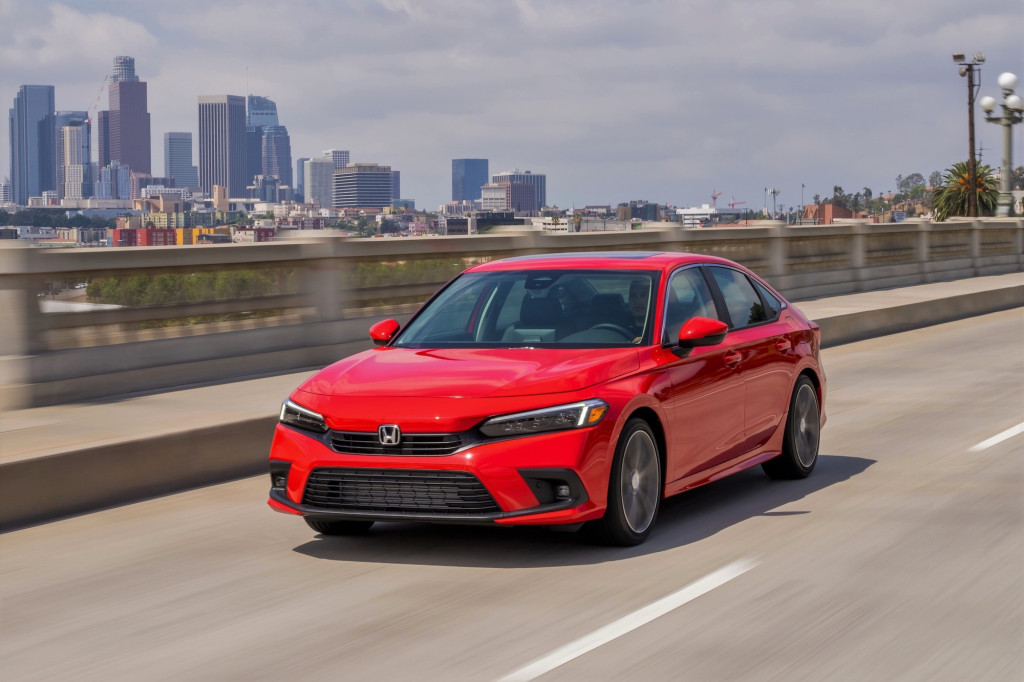
2023 Honda Civic
The Gen 3 race car for Formula E takes tech from the production Lucid Air. The race cars’ front motor unit, which allows vastly higher brake recuperation, is essentially a scaled-down version of the motors in the Lucid Air—and in Formula E, it’s one of the keys to helping make the races more exciting this year.
Lightyear, likely signaling a deep level of financial distress, announced that it has stopped production of the Lightyear 0 solar EV, due to financial issues. Instead it’s leaning forward to the mass-production Lightyear 2, it says.
Cold-weather EV range can be a problem, but heat pumps are part of the remedy. Tesla recently detailed what distinguishes its unit from the rest, and it goes so far as to claim that its design performs well in very cold weather where others fall short.
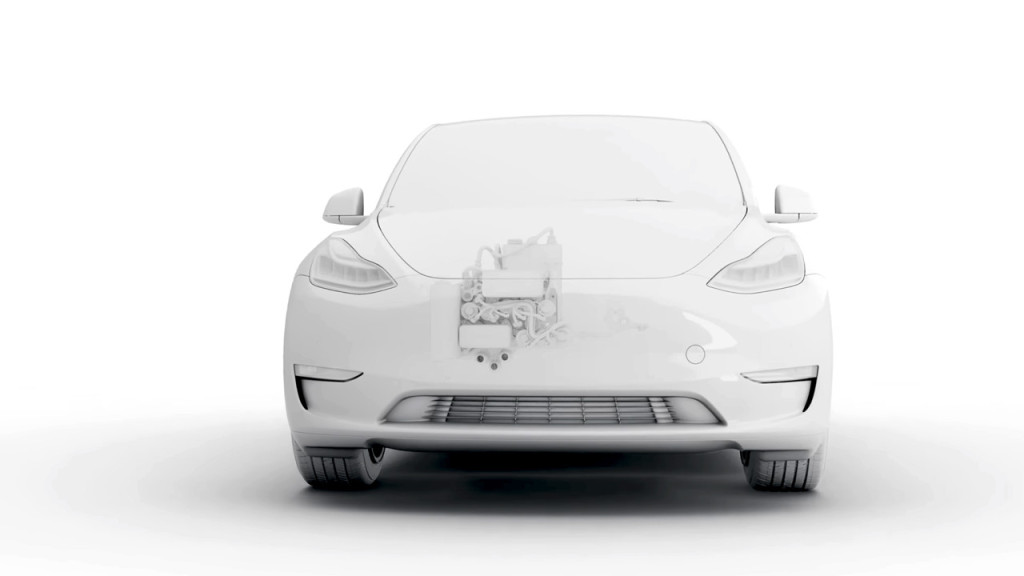
Tesla Model Y with heat pump
Federal EV tax credit rules afforded by the Inflation Reduction Act (IRA) last year now allow a credit of up to $7,500 to be claimed by companies leasing EVs regardless of any price cap. That’s already led to some government-subsidized luxury EV leases that, controversially, will almost certainly apply to some imported luxury EVs, too.
GM is reportedly mulling the possibility of cylindrical cells for future EVs. Although the report doesn’t suggest any all-out shift in format like what BMW signaled last year, it would be a surprising turn for a company that’s said it will reach economies of scale by using large-format pouch cells, from a joint venture with LG now backed by federal funds, across its lineup.
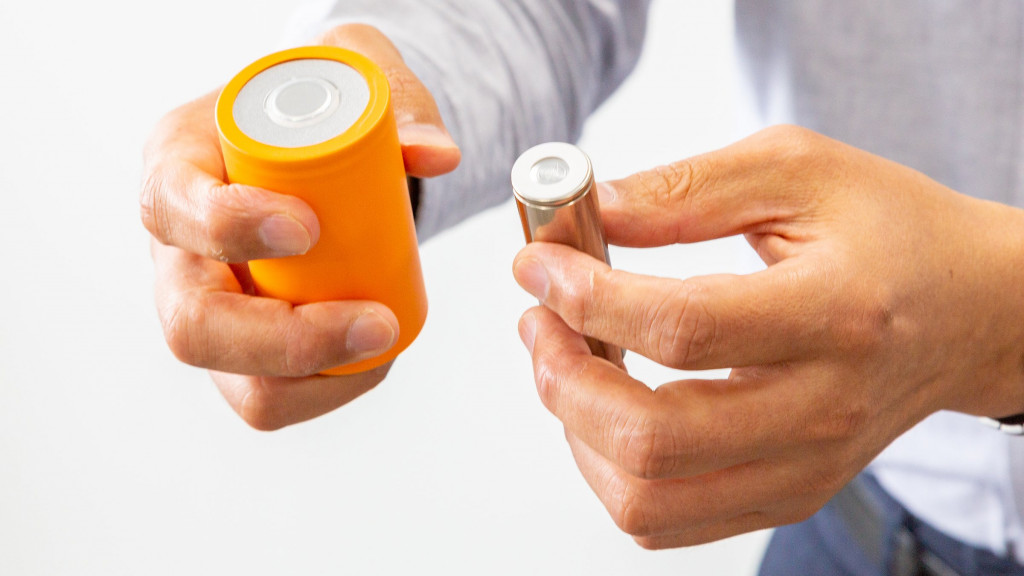
Comparing 4680 vs. 2170 – Panasonic
Ford has filed a patent for a new type of magnetic-coupling EV charging connector. It’s not inductive charging, though; it uses magnets to help align and secure physical conductors. Sound a bit like the MagSafe connector you might use for Apple products?
According to data from the U.S. Energy Information Administration, the rise of wind and solar in our nation’s energy mix will choke off coal and natural gas—making EVs cleaner, even over the next couple of years.
Uber is reportedly working with automakers to design EVs specifically for ride-hailing and delivery services. That may mean ones that are optimized for lower speeds, to help cut costs.
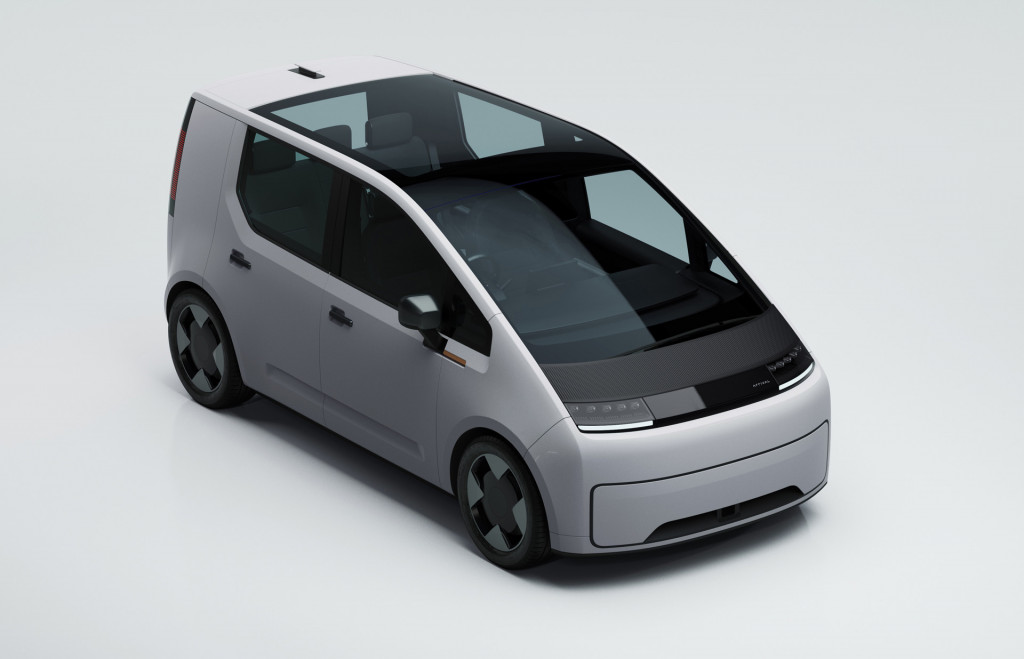
Arrival Car prototype
The green light has reportedly been given to a dedicated Toyota EV platform—like Hyundai’s E-GMP—that could make mass-production EVs competitive on cost, range, and efficiency. But it might not arrive until 2028, when it sees sufficient demand.
And thanks to Treasury guidance—or, more accurately, the lack thereof—that delays domestic sourcing requirements to March, a much wider swath of U.S.-market vehicles are now eligible for the EV tax credit. That and leasing loopholes appear to have led Senator Joe Manchin to introduce a bill seeking to delay the EV tax credits until the enacted rules can be followed.
_______________________________________
Follow Green Car Reports on Facebook and Twitter
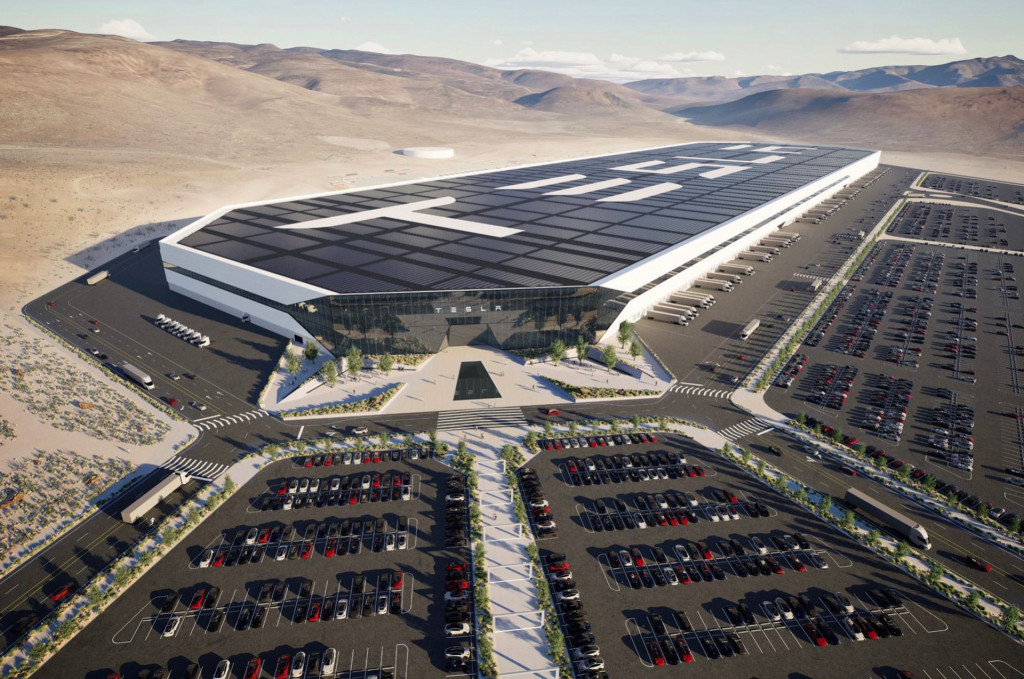
Why do Nvidia GeForce cards make great friends? Because they always have your back when the graphics get tough!
lasuna over the counter – order himcolin buy himcolin paypal
purchase besifloxacin generic – carbocisteine pills sildamax online order
benemid tablet – benemid 500mg us buy tegretol 200mg without prescription
gabapentin for sale online – order gabapentin 800mg generic buy sulfasalazine 500 mg generic
buy celebrex 200mg pill – purchase indocin online order indocin 75mg generic
rumalaya tablet – rumalaya pills buy endep 50mg pill
cambia price – diclofenac over the counter order aspirin 75 mg generic
mobic generic – rizatriptan 5mg pills toradol 10mg ca
purchase trihexyphenidyl online cheap – how to buy voltaren gel where can i purchase diclofenac gel
purchase cyproheptadine generic – brand tizanidine 2mg buy tizanidine for sale
buy accutane cheap – avlosulfon cheap buy deltasone 40mg pill
buy omnicef tablets – order omnicef 300mg pill where to buy clindamycin without a prescription
how to get permethrin without a prescription – brand benzoyl peroxide tretinoin cream uk
deltasone 20mg for sale – purchase omnacortil sale buy generic permethrin online
metronidazole tablet – buy metronidazole sale purchase cenforce for sale
order betnovate sale – betnovate 20gm drug buy benoquin online
buy cleocin no prescription – oral indocin 50mg purchase indomethacin online cheap
augmentin 375mg oral – augmentin 625mg pills buy levothyroxine no prescription
buy eurax without a prescription – how to buy crotamiton aczone medication
brand losartan – cozaar 25mg uk buy keflex 250mg online
order zyban pills – order xenical 120mg generic order shuddha guggulu pills
provigil 100mg cheap – buy cheap provigil melatonin price
buy progesterone 100mg online cheap – prometrium 100mg cost buy fertomid generic
capecitabine pills – order mefenamic acid without prescription buy danazol 100mg generic
norethindrone where to buy – buy norethindrone pills cheap yasmin generic
buy dostinex 0.25mg generic – order premarin 600 mg sale purchase alesse online
purchase yasmin pills – oral anastrozole 1mg anastrozole 1mg cheap
バイアグラの飲み方と効果 – г‚їгѓЂгѓ©гѓ•г‚Јгѓ«йЂљиІ©гЃЉгЃ™гЃ™г‚Ѓ г‚·г‚ўгѓЄг‚№ еЂ¤ж®µ
гѓ—гѓ¬гѓ‰гѓ‹гѓі е‰ЇдЅњз”Ё – г‚ўг‚ёг‚№гѓгѓћг‚¤г‚·гѓі её‚иІ© гЃЉгЃ™гЃ™г‚Ѓ г‚ёг‚№гѓгѓћгѓѓг‚Ї – 500mg
гѓ—гѓ¬гѓ‰гѓ‹гѓійЊ 10 mg еј·гЃ• – гѓ‰г‚シサイクリン通販 イソトレチノイン гЃЉгЃ™гЃ™г‚Ѓ
order provigil 100mg generic – lamivudine uk buy lamivudine pills for sale
valif pills steer – secnidazole cheap order sinemet 10mg
phenergan uk – order ciplox without prescription purchase lincomycin without prescription
buy deltasone 10mg sale – buy prednisone 40mg pill order capoten 25 mg for sale
amoxil medication – buy amoxil sale order combivent 100mcg online
order gabapentin for sale – purchase gabapentin generic order sporanox pill
generic augmentin 625mg – nizoral without prescription duloxetine online buy
buy augmentin 625mg pills – nizoral generic generic duloxetine